Loctite lapping compound is a powerful tool that can greatly enhance precision machining processes. When you're working with metals this compound can help you achieve the perfect finish and tight tolerances. In this guide, we'll explore the benefits and applications of Loctite lapping compound, as well as provide tips for using it effectively in your machining operations.
What is lapping compound and its purpose?
Lapping compound, also known as abrasive compound, is a paste-like substance that is used in precision machining to achieve a smooth and flat surface finish on a workpiece. It is typically made up of abrasive particles suspended in a liquid or grease base. The purpose of lapping compound is to remove small imperfections, such as burrs or rough spots, and to create a uniform and precise surface. It is commonly used in applications where tight tolerances and high surface quality are required, such as in the manufacturing of automotive parts, aerospace components, and medical devices.
How does Loctite lapping compound work?
Loctite lapping compound works by utilizing abrasive particles to remove imperfections on a workpiece. When applied to the surface, the abrasive particles in the compound act as tiny cutting tools, gradually wearing down the high spots and smoothing out the surface. The compound is typically applied to a lapping plate or tool, which is then used to rub against the workpiece in a controlled manner. The combination of the abrasive particles and the rubbing action helps to remove material and create a flat and smooth surface. The specific formulation of Loctite lapping compound ensures that it provides consistent and reliable results, making it a popular choice in precision machining processes.
Benefits of using Loctite lapping compound in precision machining
There are several benefits to using Loctite lapping compound in precision machining. Firstly, it helps to improve the accuracy and precision of the machined parts. By removing imperfections and creating a flat and smooth surface, the compound ensures that the parts fit together perfectly and function optimally. This is especially important in industries such as aerospace and automotive, where even the smallest deviation can have significant consequences.
Secondly, Loctite lapping compound helps to increase the efficiency of the machining process. By removing material and smoothing out the surface, it reduces the need for additional finishing steps, saving time and resources. This can result in faster production times and lower costs.
Additionally, the compound is known for its durability and longevity. It can withstand high temperatures and pressures, making it suitable for demanding machining applications. Its consistent and reliable performance ensures that the machined parts meet the required specifications and standards.
Overall, using Loctite lapping compound in precision machining offers numerous benefits, including improved accuracy, increased efficiency, and enhanced durability. It is a valuable tool for achieving high-quality results in precision machining processes.
Step-by-step guide on using Loctite lapping compound.
To use Loctite lapping compound in precision machining, follow these step-by-step instructions:
1. Clean the surfaces: Before applying the compound, ensure that the surfaces to be lapped are clean and free from any dirt, debris, or contaminants. Use a suitable cleaning agent and wipe the surfaces thoroughly.
2. Apply the compound: Take a small amount of Loctite lapping compound and apply it evenly onto the surface to be lapped. Use a brush or applicator to spread the compound and ensure that it covers the entire surface.
3. Start lapping: Once the compound is applied, begin the lapping process. This involves rubbing the surfaces together in a controlled manner to remove imperfections and create a smooth and flat surface. Use a lapping tool or machine to facilitate the process.
4. Monitor progress: As you lap the surfaces, periodically check the progress to ensure that the desired results are being achieved. Inspect the surfaces for any remaining imperfections or unevenness.
5. Repeat if necessary: Depending on the initial condition of the surfaces and the desired level of precision, you may need to repeat the lapping process multiple times. Apply more compound as needed and continue lapping until the desired results are achieved.
6. Clean and inspect: Once the lapping process is complete, clean the surfaces again to remove any residual compound. Inspect the surfaces closely to ensure that they meet the required specifications and standards.
By following these steps, you can effectively use Loctite lapping compound to improve the accuracy, efficiency, and durability of your precision machining processes. Remember to always follow the manufacturer's instructions and guidelines for best results.
Tips for maximizing the effectiveness of Loctite lapping compound.
To maximize the effectiveness of Loctite lapping compound in your precision machining processes, consider the following tips:
1. Use the right grade: Loctite offers lapping compounds in different grades, each designed for specific applications and materials. Make sure to choose the appropriate grade for your specific needs to achieve the best results.
2. Apply the right amount: It's important to apply the compound in the right amount. Too little may not provide enough abrasiveness, while too much can lead to excessive material removal. Follow the manufacturer's recommendations for the correct amount to use.
3. Control the pressure: When lapping the surfaces, apply consistent and controlled pressure. Too much pressure can cause uneven material removal, while too little may not achieve the desired results. Use a lapping tool or machine that allows you to control the pressure effectively.
4. Maintain cleanliness: Throughout the lapping process, ensure that the surfaces and the lapping tool or machine remain clean. Any dirt or debris can interfere with the effectiveness of the compound and compromise the quality of the lapped surfaces.
5. Monitor temperature: Lapping generates heat, which can affect the performance of the compound. Monitor the temperature during the process and make adjustments as necessary to maintain optimal conditions.
6. Follow safety precautions: When working with Loctite lapping compound, always follow the recommended safety precautions. Wear appropriate protective gear, such as gloves and goggles, and work in a well-ventilated area to minimize exposure to fumes.
By implementing these tips, you can maximize the effectiveness of Loctite lapping compound and achieve superior results in your precision machining processes.

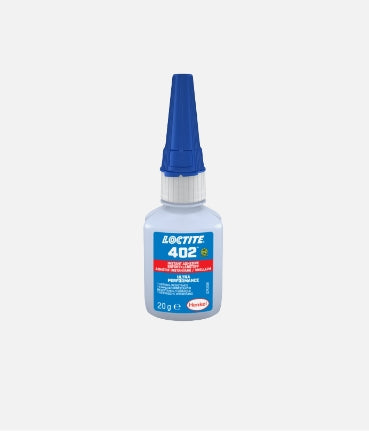
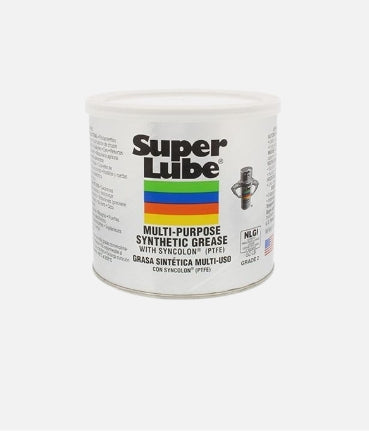
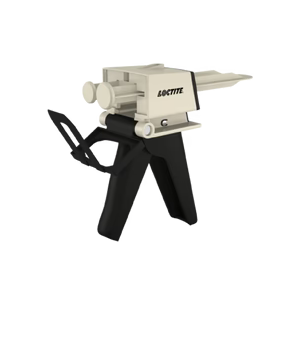
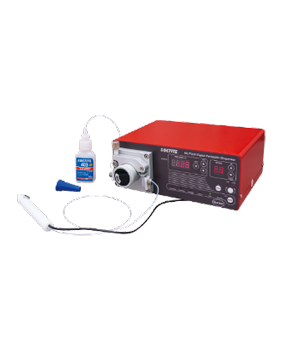
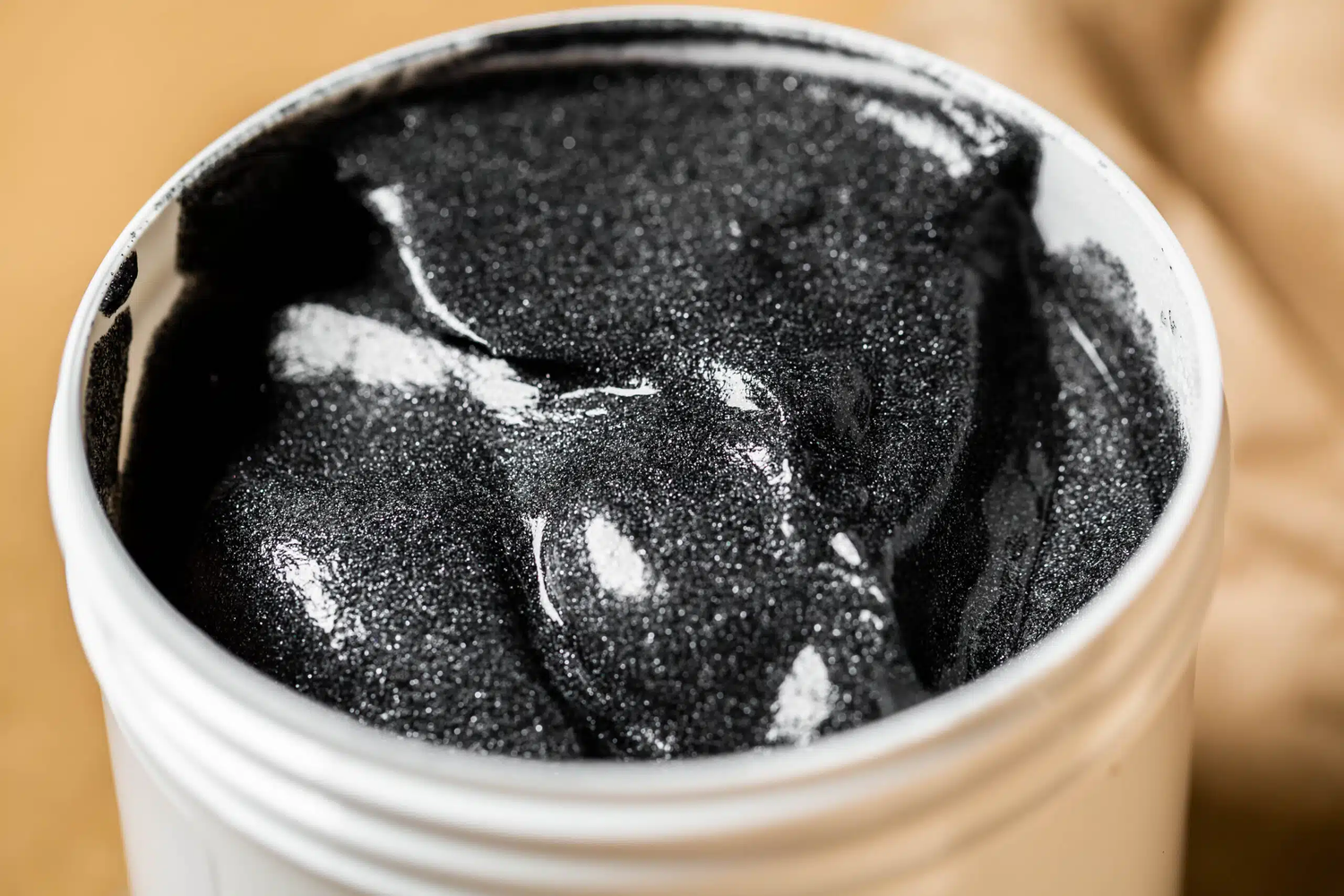
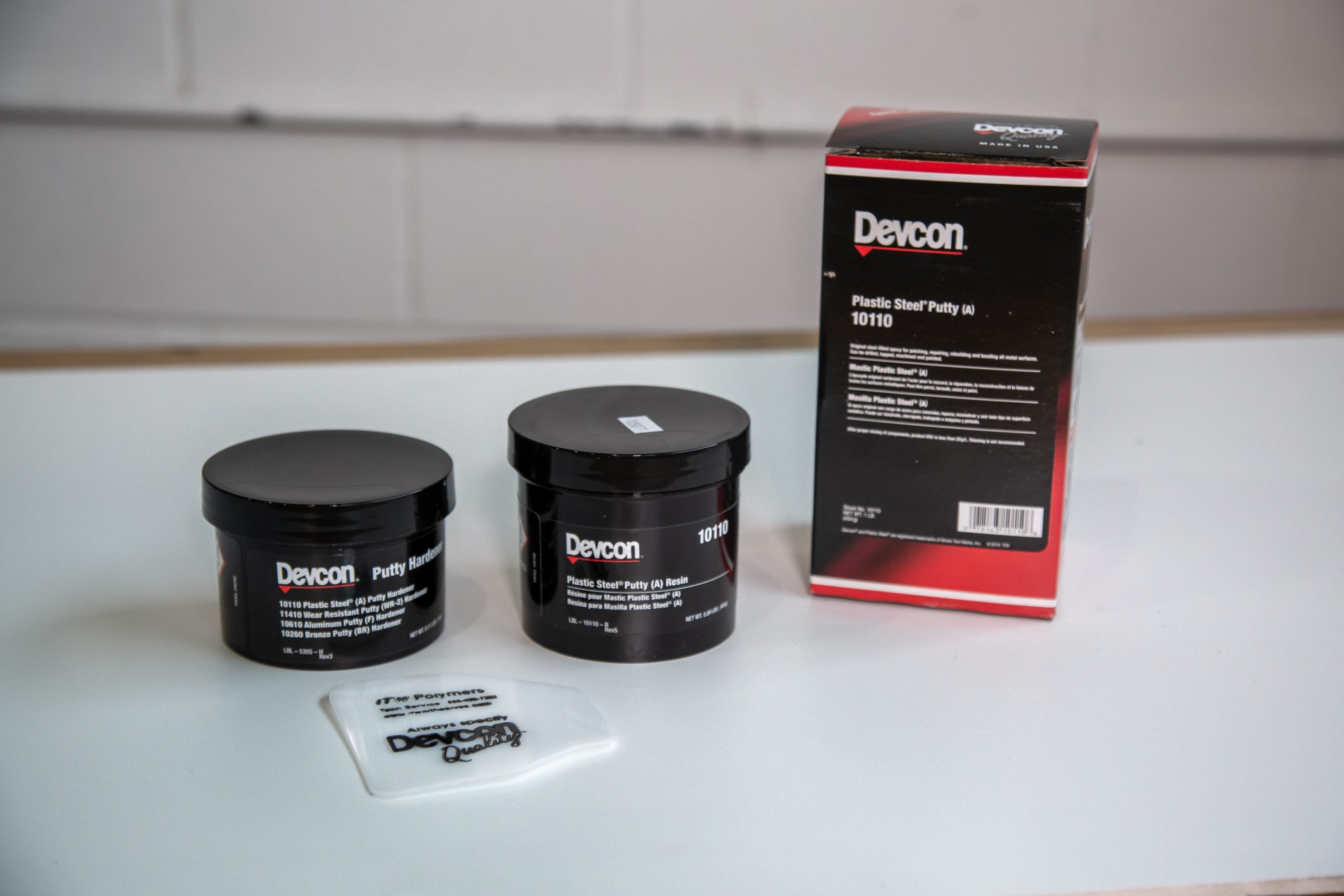
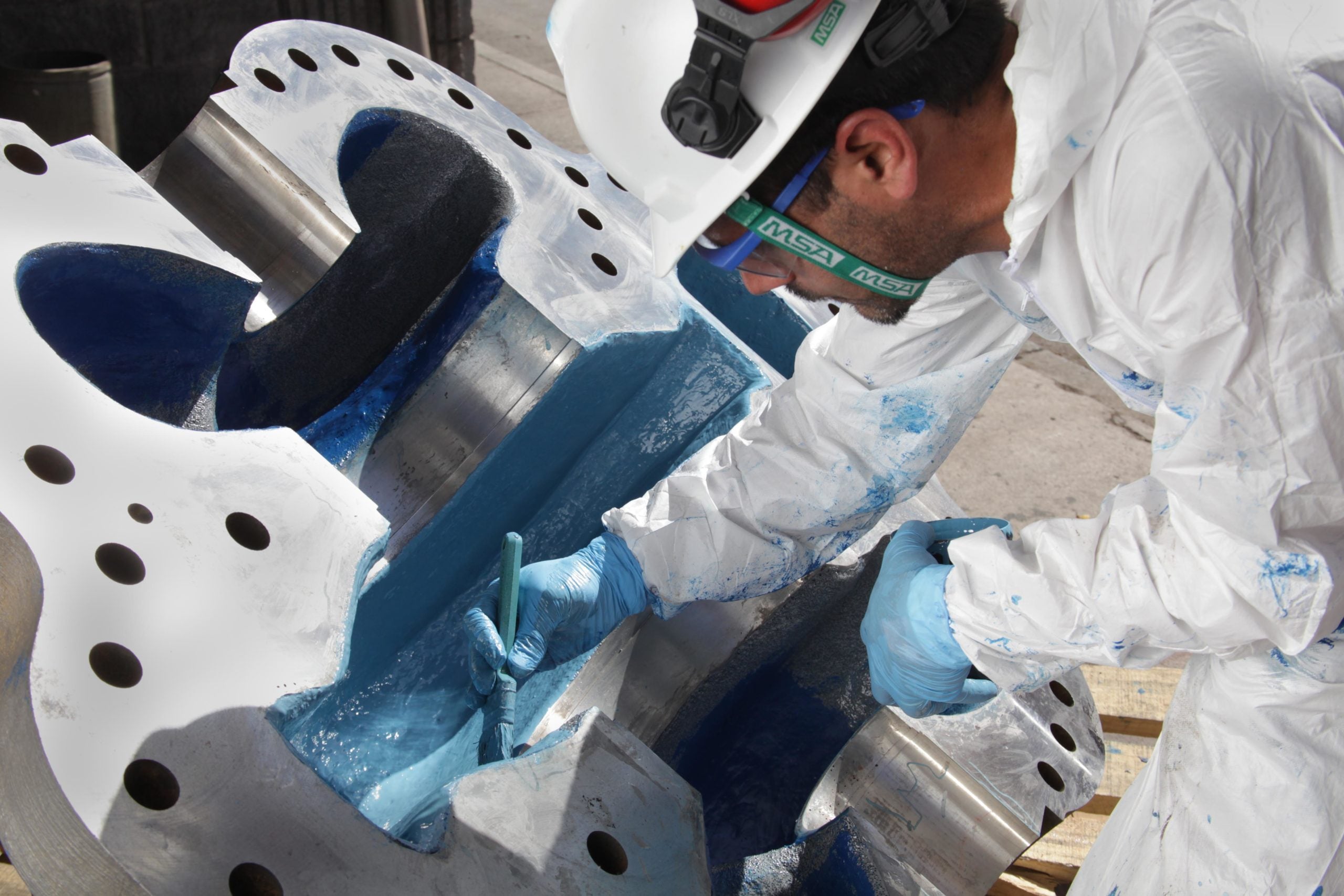
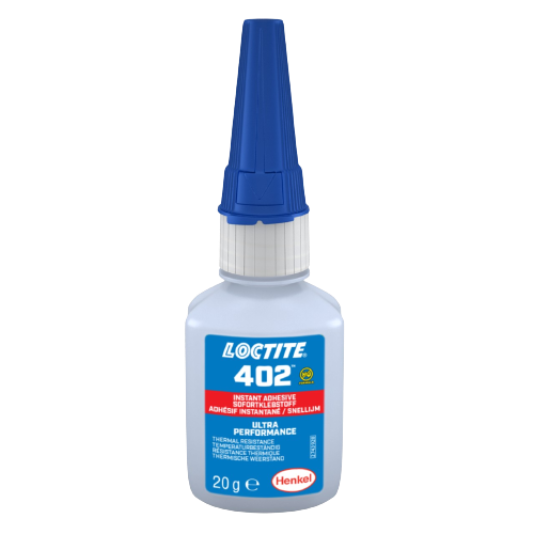
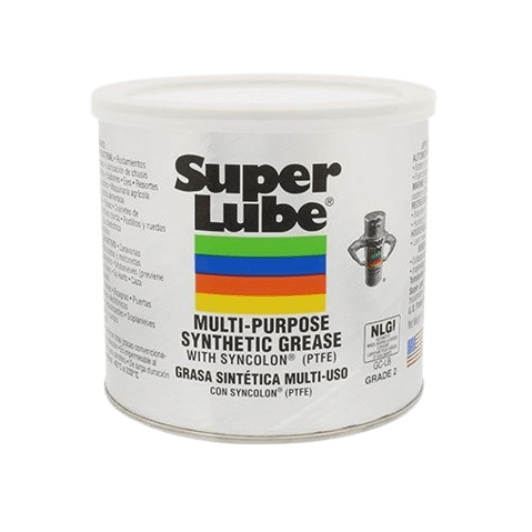

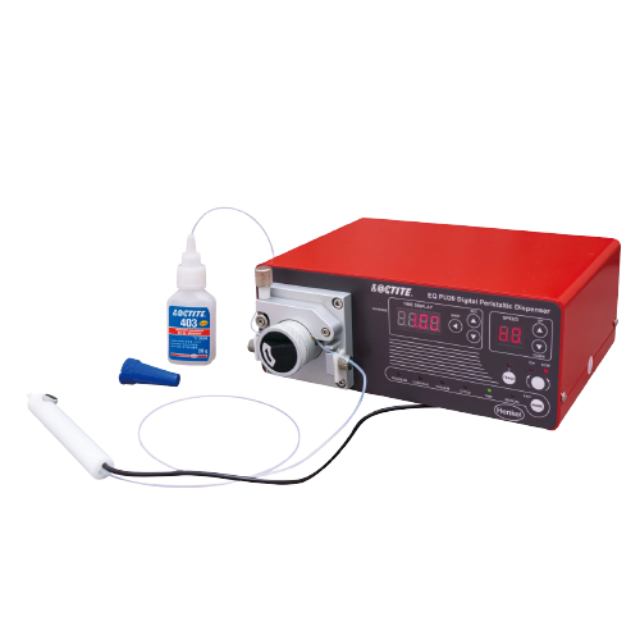
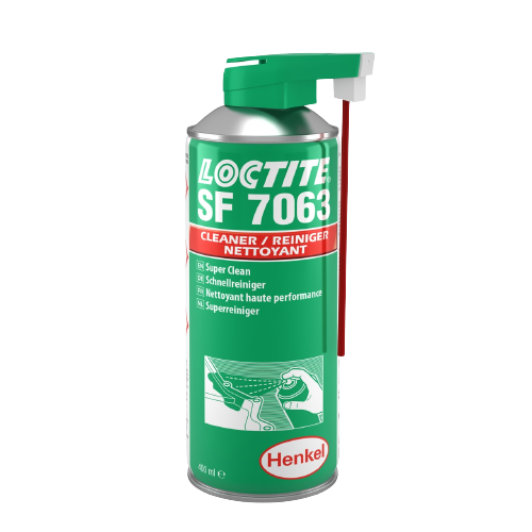
Leave a comment
All comments are moderated before being published.
This site is protected by reCAPTCHA and the Google Privacy Policy and Terms of Service apply.